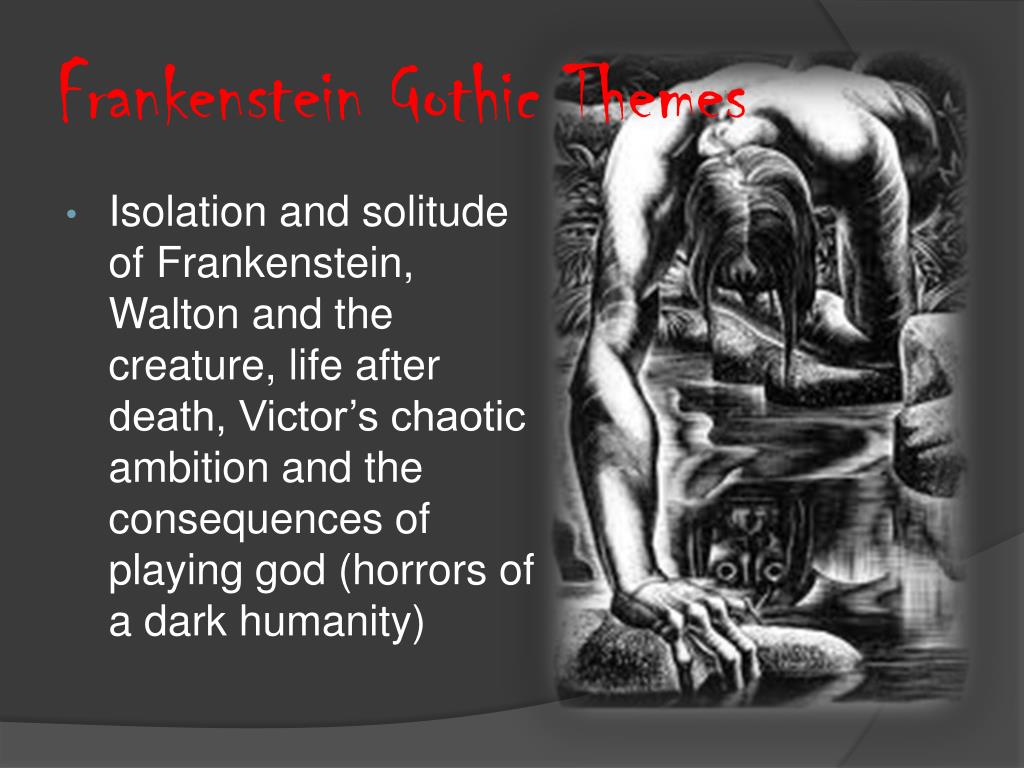

In the first, there is the reinforcement of the Gothic narrative framework, one that focuses on expanding the imaginative domain so as to include the supernatural without losing the realism that marks the novel that Walpole pioneered. Reeve's contribution in the development of the Gothic fiction, therefore, can be demonstrated on at least two fronts. In her preface, Reeve wrote: "This Story is the literary offspring of The Castle of Otranto, written upon the same plan, with a design to unite the most attractive and interesting circumstances of the ancient Romance and modern Novel." The question now arose whether supernatural events that were not as evidently absurd as Walpole's would not lead the simpler minds to believe them possible. Walpole's forgery, together with the blend of history and fiction, contravened the principles of the Enlightenment and associated the Gothic novel with fake documentation.Ĭlara Reeve, best known for her work The Old English Baron (1778), set out to take Walpole's plot and adapt it to the demands of the time by balancing fantastic elements with 18th-century realism.

A romance with superstitious elements, and moreover void of didactical intention, was considered a setback and not acceptable. The reviewers' rejection reflected a larger cultural bias: the romance was usually held in contempt by the educated as a tawdry and debased kind of writing the genre had gained some respectability only through the works of Samuel Richardson and Henry Fielding. When Walpole admitted to his authorship in the second edition, its originally favourable reception by literary reviewers changed into rejection. Walpole published the first edition disguised as a medieval romance from Italy discovered and republished by a fictitious translator. The basic plot created many other staple Gothic generic traits, including a threatening mystery and an ancestral curse, as well as countless trappings such as hidden passages and oft-fainting heroines. Walpole's declared aim was to combine elements of the medieval romance, which he deemed too fanciful, and the modern novel, which he considered to be too confined to strict realism.

The novel usually regarded as the first Gothic novel is The Castle of Otranto by English author Horace Walpole, which was first published in 1764. The aesthetics of the book have shaped modern-day gothic books, films, art, music and the goth subculture. The Castle of Otranto (1764) is regarded as the first Gothic novel. 10.2 Female Gothic and the supernatural explainedĮarly Gothic romances File:CastleOtranto.png.10.1 Role of architecture and setting in the Gothic novel.2 Developments in continental Europe and The Monk.The English Gothic novel also led to new novel types such as the German Schauerroman and the French Roman Noir. This extreme form of romanticism was very popular in England and Germany. The name Gothic refers to the (pseudo)-medieval buildings, emulating Gothic architecture, in which many of these stories take place. Another well known novel in this genre, dating from the late Victorian era, is Bram Stoker's Dracula. The genre had much success in the 19th century, as witnessed in prose by Mary Shelley's Frankenstein and the works of Edgar Allan Poe as well as Charles Dickens with his novella, A Christmas Carol, and in poetry in the work of Samuel Taylor Coleridge, and Lord Byron. It originated in England in the second half of the 18th century where, following Walpole, it was further developed by Clara Reeve, Ann Radcliffe, William Thomas Beckford and Matthew Lewis. The effect of Gothic fiction feeds on a pleasing sort of terror, an extension of Romantic literary pleasures that were relatively new at the time of Walpole's novel. Its origin is attributed to English author Horace Walpole, with his 1764 novel The Castle of Otranto, subtitled (in its second edition) "A Gothic Story". Gothic fiction, which is largely known by the subgenre of Gothic horror, is a genre or mode of literature and film that combines fiction and horror, death, and at times romance. For fiction associated with the goth scene, see Goth subculture § Books and magazines.

It may also refer to texts in the extinct Gothic language.


 0 kommentar(er)
0 kommentar(er)
